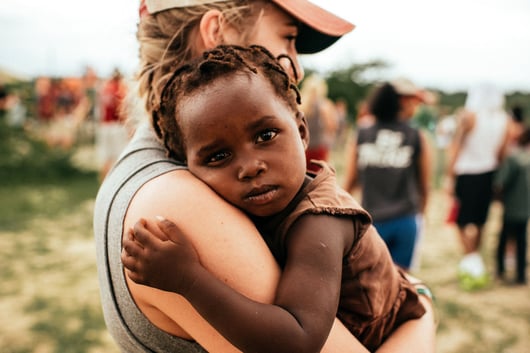Share this
Previous story
← Stopping the Search for "More"
Next story
Your Fall Peer-to-Peer Fundraising Tune Up →
Stories. They are the heartbeat of the human existence. They are a powerful, emergent, evolutionary form of communication, possessing the ability to resonate and empathize with the experiences of your listener. In sharing stories, you can connect new, revolutionary information to your listener’s existing knowledge of the world in such a way that inspires him or her to act.
I have always loved fundraising, but more importantly, I love what fundraising can do to impact lives on a great scale. As fundraisers, we hold immense power; we are not simply telling a story to an audience, we are helping people to share theirs. It is not our job as fundraisers to tell the story of Joe, the six-year old whose life was impacted by our organization’s leukemia research. It is our job to give Joe the avenue by which to share his story and engage our audience to see the problem, possible solutions, and their part in them. Our job is to help listeners become the hero of the story by way of giving and engaging in our organization’s work.
Notice I am speaking of story-sharing, not storytelling. Telling is transactional — one person recites a story and another person receives it. There is little to no communication occurring in storytelling. Story-sharing, however, is the opposite. Story-sharing is about creating an empathic bond between two people or groups. By sharing a story, you engage the audience and invite response. This is why story-sharing is crucial to the fundraising process.
According to research, human beings now have about an eight-second attention span. In a world abundant with advertisement and media marketing, you have very little time to get a person to care about your material. Instead, user-generated content (i.e., Instagram and Snapchat) is dominating the market. Why? Because that’s where stories are being told. The human story is a memorable, charming, and enduring one. Even more memorable is an authentic human story — stories don’t have to be about perfect people. In fact, it is the imperfect that resonates with us.
 This brings me to my last point about story-sharing: be specific. It is understandable that our gut instinct when sharing stories is to be as general as possible in order to garner support from a wide audience, but this couldn’t be more inaccurate. Good stories— stories that move us to action — are detail-oriented. We remember stories from our own lives based on the details: the color of the carpet, the taste of the food, the temperature outside. Donors need to know that they are giving to a real situation, not just an ideal or theory.
This brings me to my last point about story-sharing: be specific. It is understandable that our gut instinct when sharing stories is to be as general as possible in order to garner support from a wide audience, but this couldn’t be more inaccurate. Good stories— stories that move us to action — are detail-oriented. We remember stories from our own lives based on the details: the color of the carpet, the taste of the food, the temperature outside. Donors need to know that they are giving to a real situation, not just an ideal or theory.
As someone who consults organizations on their fundraising efforts, I can say that most organizations recognize the need for story-sharing in their campaigns. However, I often find myself reminding teams that big data is not story-sharing. Including a blurb in your standard-ask email that states, “Your contributions have now created twelve new schools in ten communities across the Democratic Republic of the Congo” with a photo of a young student is not sharing a story. This is a common mistake —we fall back on displaying numbers and showing graphs for impact, which is to say we aren’t really showing our impact at all. Donors give to people with causes, not sentences littered with numbers. In other words, data will get people to pay attention for seven seconds, but story-sharing will open the door for a long-term, sustainable relationship. Instead of simply including a photo of a student in your email, share that student’s story.
The work your organization is doing matters. When you share a story, you are opening the door for people to participate in work that is changing lives. Make sure your donors know that by putting a face on your work everyday.
These Related Stories



No Comments Yet
Let us know what you think